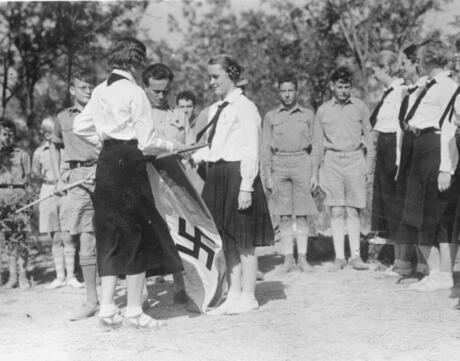
Race and Space
Duration
One 50-min class periodSubject
- History
- Social Studies
Grade
6–8Language
English — USPublished
Overview
About This Lesson
In the previous lesson, students analyzed the violent pogroms of Kristallnacht, a major escalation in the Nazis’ campaigns against Jews. In this lesson, students will continue this unit’s historical case study by examining the Nazi ideology of “race and space,” a belief system that provided a rationale for their instigation of World War II and their perpetration of genocide. Students will then connect this ideology to Germany’s expansion throughout Europe, including the annexation of Austria and the Sudetenland, the invasion of Poland, and eventually the conquest of most of mainland Europe. Finally, students will examine the effects of the Nazis’ beliefs about “race and space” on individuals, through a close reading of eyewitness accounts by two individuals affected in different ways by the Germans’ 1939 invasion of Poland.
Preparing to Teach
A Note to Teachers
Before you teach this lesson, please review the following guidance to tailor this lesson to your students’ contexts and needs.
Lesson Plan
Activities
Assessment
Extension Activities
Materials and Downloads
Quick Downloads
Download the Files
Race and Space
Responding to a Refugee Crisis
Adding to Evidence Logs, 3 of 4
Unlimited Access to Learning. More Added Every Month.
Facing History & Ourselves is designed for educators who want to help students explore identity, think critically, grow emotionally, act ethically, and participate in civic life. It’s hard work, so we’ve developed some go-to professional learning opportunities to help you along the way.
Exploring ELA Text Selection with Julia Torres
On-Demand

Working for Justice, Equity and Civic Agency in Our Schools: A Conversation with Clint Smith
On-Demand

Centering Student Voices to Build Community and Agency
On-Demand


